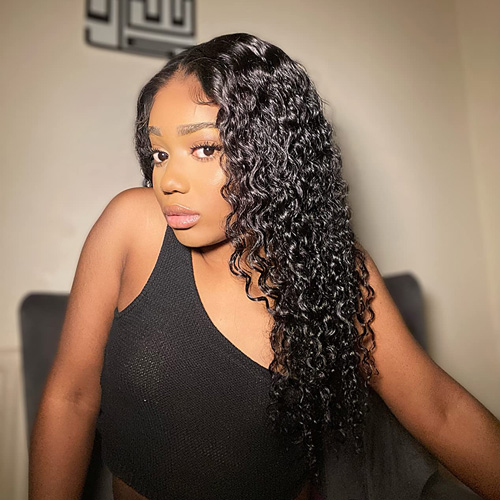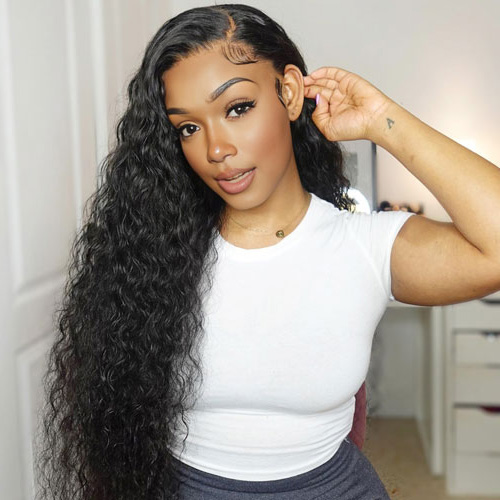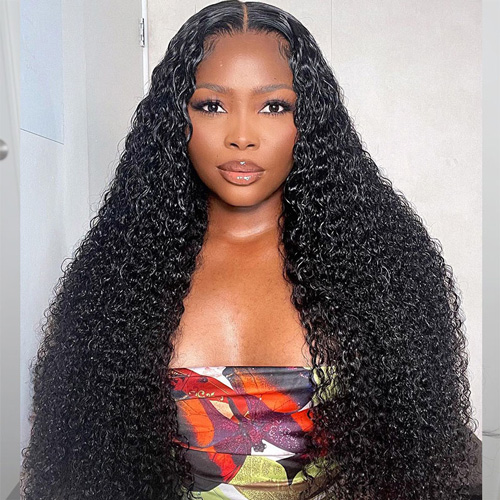What Is The Best Density For A Wig

Today, wigs come in an array of styles, lengths, and colors, but one aspect that often perplexes wig enthusiasts is density. Wig density refers to the amount of hair on the wig cap, and choosing the right density can significantly impact the overall look and comfort of your wig. In this comprehensive guide, we will explore what wig density is, how to determine the best density for your needs, and factors to consider when making your selection.
Wig density.
Before delving into the intricacies of selecting the ideal wig density, it’s crucial to grasp the concept itself. Wig density refers to the volume or thickness of hair on the wig cap. It is typically measured in a specific unit called “percentage,” which denotes the amount of hair on the cap compared to a person’s natural hair density. Wig densities typically range from as low as 50% to as high as 200% or more.
Factors to consider when choosing wig density.
1. Natural hair density.
Your natural hair density is an essential starting point when selecting wig density. To maintain a realistic look, you should aim for a wig density that closely matches your natural hair’s thickness and volume. If you have thin hair, a low-density wig (e.g., 50% to 80%) may be more suitable, while individuals with thicker hair can opt for higher densities (e.g., 100% to 150%).
2. Comfort and breathability.
Wig comfort is paramount, especially if you plan to wear your wig for extended periods. Higher-density wigs can feel heavier and warmer on the scalp due to the increased amount of hair. If comfort is a priority, consider a lower-density wig that allows for better breathability and ease of wear.
3. Hair texture.
The texture of the hair used in the wig also affects the overall density. Straight hair wigs often appear less dense than curly or wavy ones because the hair lies flat. Keep this in mind when choosing the density, as you may need a higher percentage to achieve the desired look with curly or wavy styles.
Common wig density ranges.
To provide a clearer understanding of the different density options available, let’s explore some common density ranges and their characteristics:

1. Low density (150%)
Natural and subtle appearance.
Lightweight and breathable.
Suitable for individuals with fine or thin hair.
Ideal for everyday wear.

2. Medium density (180%)
Mimics the average hair thickness of most individuals.
Versatile and suitable for various styles.
Offers a balanced combination of volume and manageability.
Comfortable for extended wear.

3. High density (200%)
Dramatic and voluminous look.
Ideal for glamorous or statement hairstyles.
Heavier and warmer on the scalp.
Best for special occasions or theatrical purposes.
Finding your perfect density.
Now that you have a better understanding of wig density and the factors to consider, it’s time to find your perfect density. Here’s a step-by-step guide to help you make the right choice:
1. Assess your natural hair.
Start by examining your natural hair’s thickness and volume. Take note of how your hair looks and feels, as this will serve as a reference point for selecting the appropriate wig density.
2. Determine your style goals.
Think about the style you want to achieve with your wig. Are you aiming for a natural, everyday look, or do you want a bold and glamorous transformation? Your style goals will help guide your density choice.
3. Consider comfort.
Consider how long you plan to wear the wig and the climate in your area. If comfort is a top priority, opt for a density that provides adequate breathability and doesn’t feel too heavy on your scalp.
It is not one size fits all.
Remember that wigs are not only a means of enhancing your appearance but also a form of self-expression. Embrace the opportunity to experiment with different densities and styles until you discover the perfect one that makes you feel your best. In the world of wigs, finding your ideal density is just one step towards unleashing your inner beauty and confidence.
